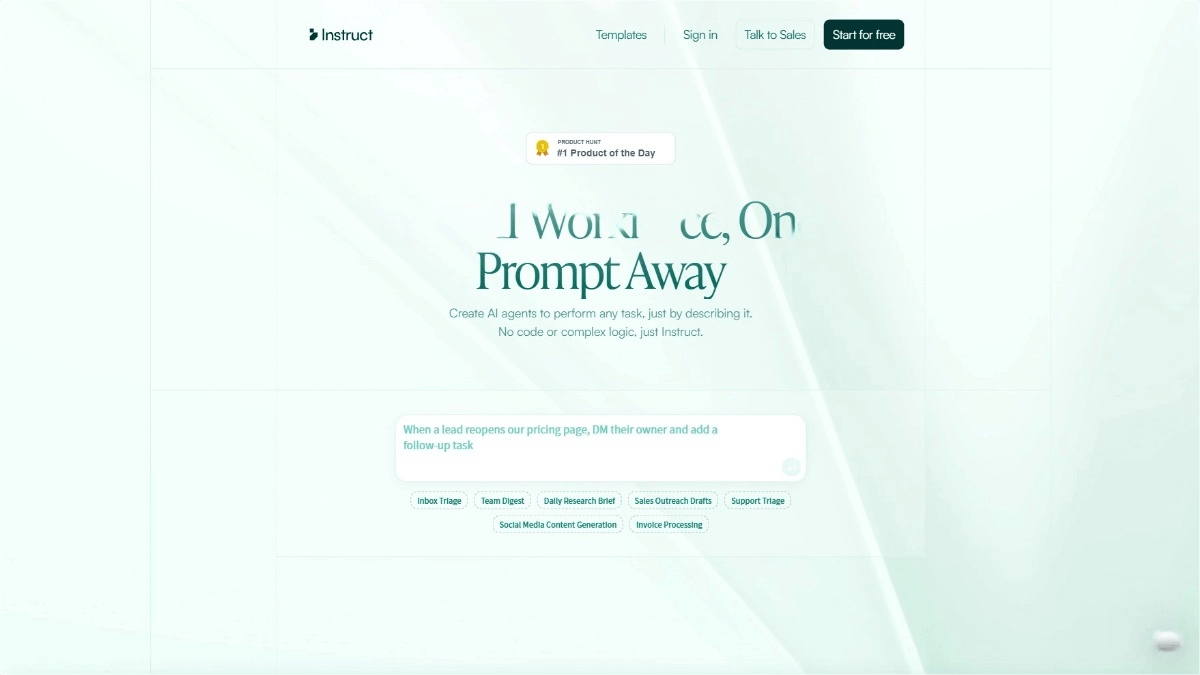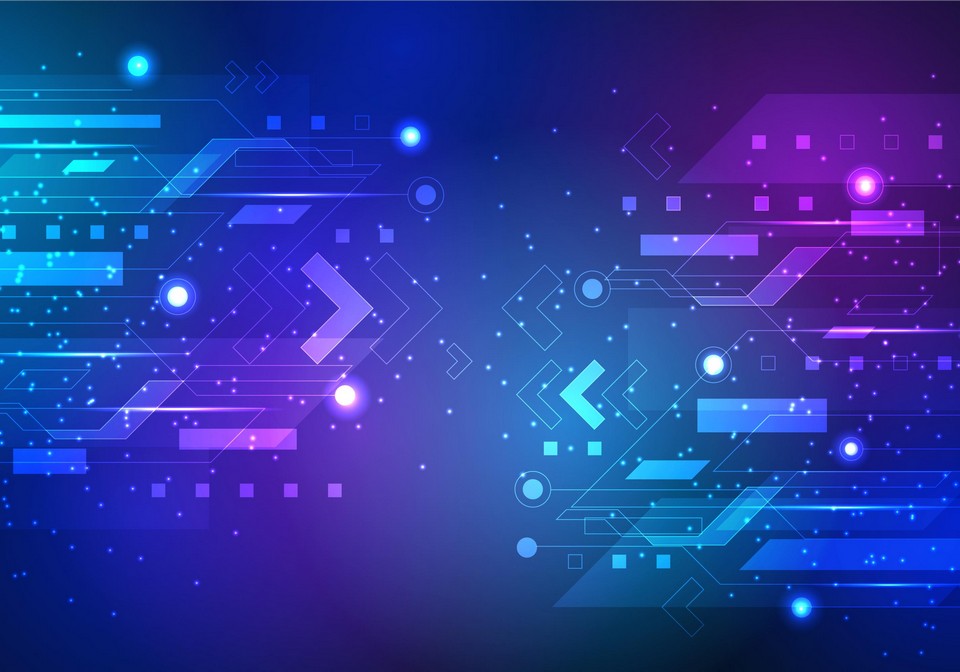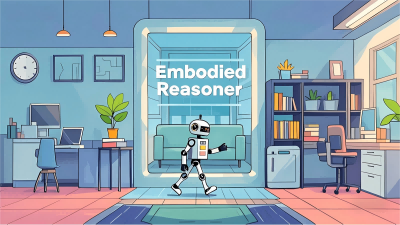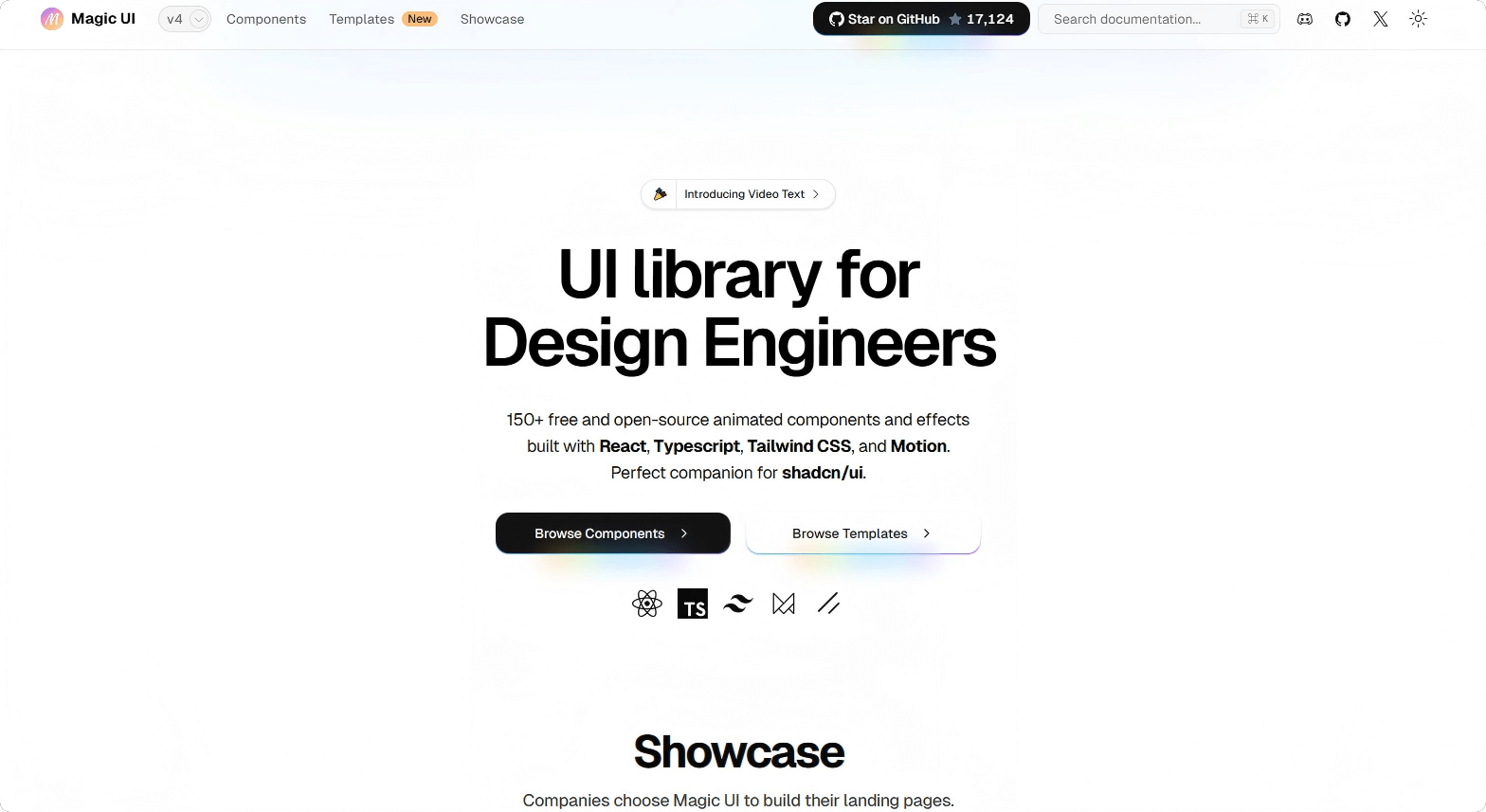OpenAI’s “One Splits into Two”: Non – profit Holding + For – profit Enterprise for Earning Money
OpenAI released a major announcement today about “maintaining its nonprofit status.”
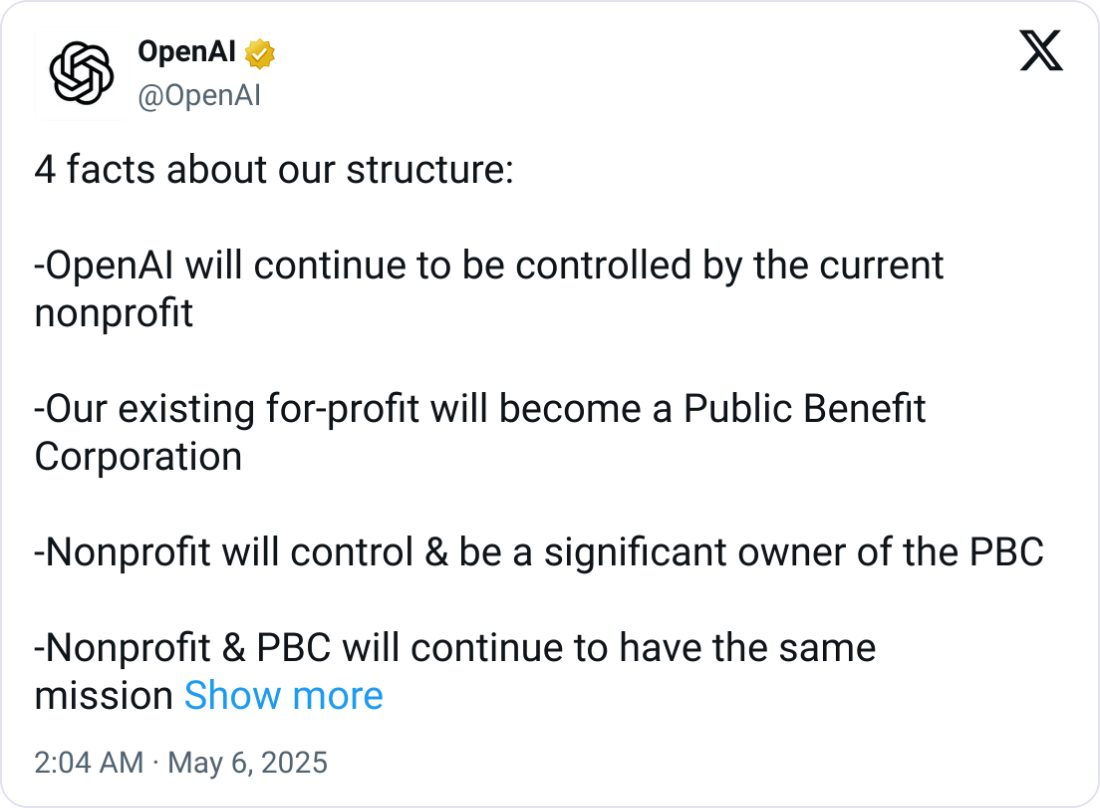
Previously, OpenAI had planned to spin off its for-profit subsidiary from the control of its nonprofit parent and transform it into an independent for-profit company. However, after facing widespread opposition and legal challenges, OpenAI has abandoned this idea.
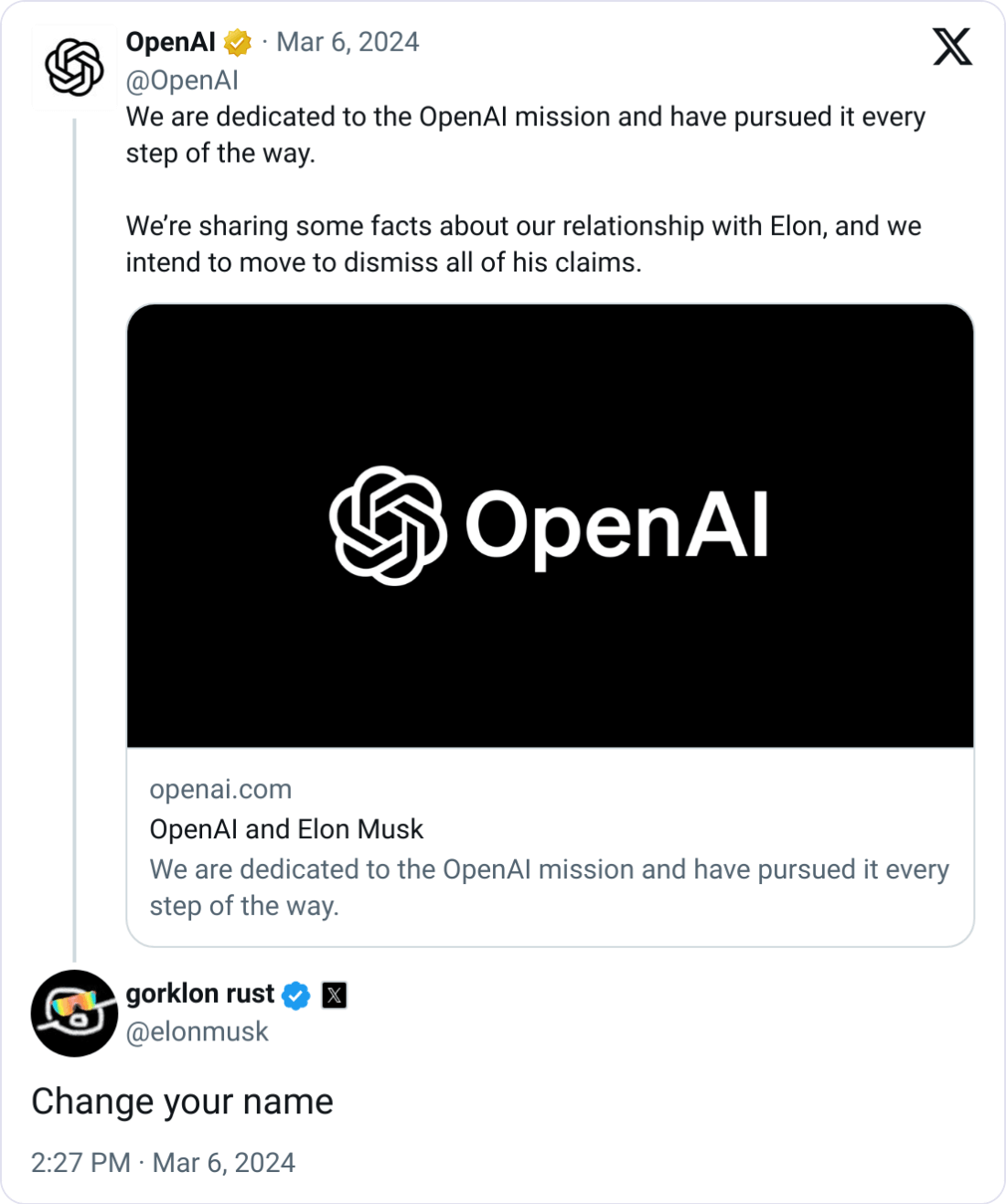
Key Points:
• Remain non – profit. OpenAI still flies the banner of “non – profit led”.
• Transform its subsidiary LLC into a PBC (Public Benefit Corporation). The original capped – profit restriction (capping returns) will be removed and replaced with a regular equity structure. (Note: Anthropic is a PBC. Additionally, I feel that nominally, this is for a clearer governance structure, but in fact, it also paves the way for future financing, share issuance, and even an IPO. And why do I always have the feeling that this subsidiary is actually the main entity…)
• Reallocate resources to the non – profit part. Under the new structure, the non – profit side will receive a portion of the share profits, enabling it to have more funds for AI applications in public welfare areas such as healthcare, education, public services, and scientific research.
What happened?
OpenAI has published a long “Letter to Employees” on its homepage.

How to interpret
OpenAI’s announcement to remain a nonprofit might sound like a “concession” to Elon Musk. But if you look closely, it’s actually a further consolidation of power by Sam Altman.
Originally, OpenAI intended to spin off its for – profit business from the non – profit structure and turn it into an independent company. The purpose was to simplify the governance structure, release equity, and facilitate going public and financing. However, Musk filed a lawsuit, and state regulators also got involved, so the structural split couldn’t be carried out.
So Altman took the opportunity to say: “Let’s not dismantle it. Keep the ‘non – profit holding’ shell.” But in essence, this non – profit organization is already in his hands.
Don’t forget that after the lay – off storm in 2023, Altman returned and the board of directors was reorganized. Currently, there are 10 people on this board of directors, and most of them joined after Altman came back.
In the future, separate boards of directors will be set up for non – profit and for – profit operations. And the new non – profit board members are said to be selected by the existing board of directors. In other words, whoever controls the non – profit board of directors controls OpenAI, and what Altman holds is the right to select people.
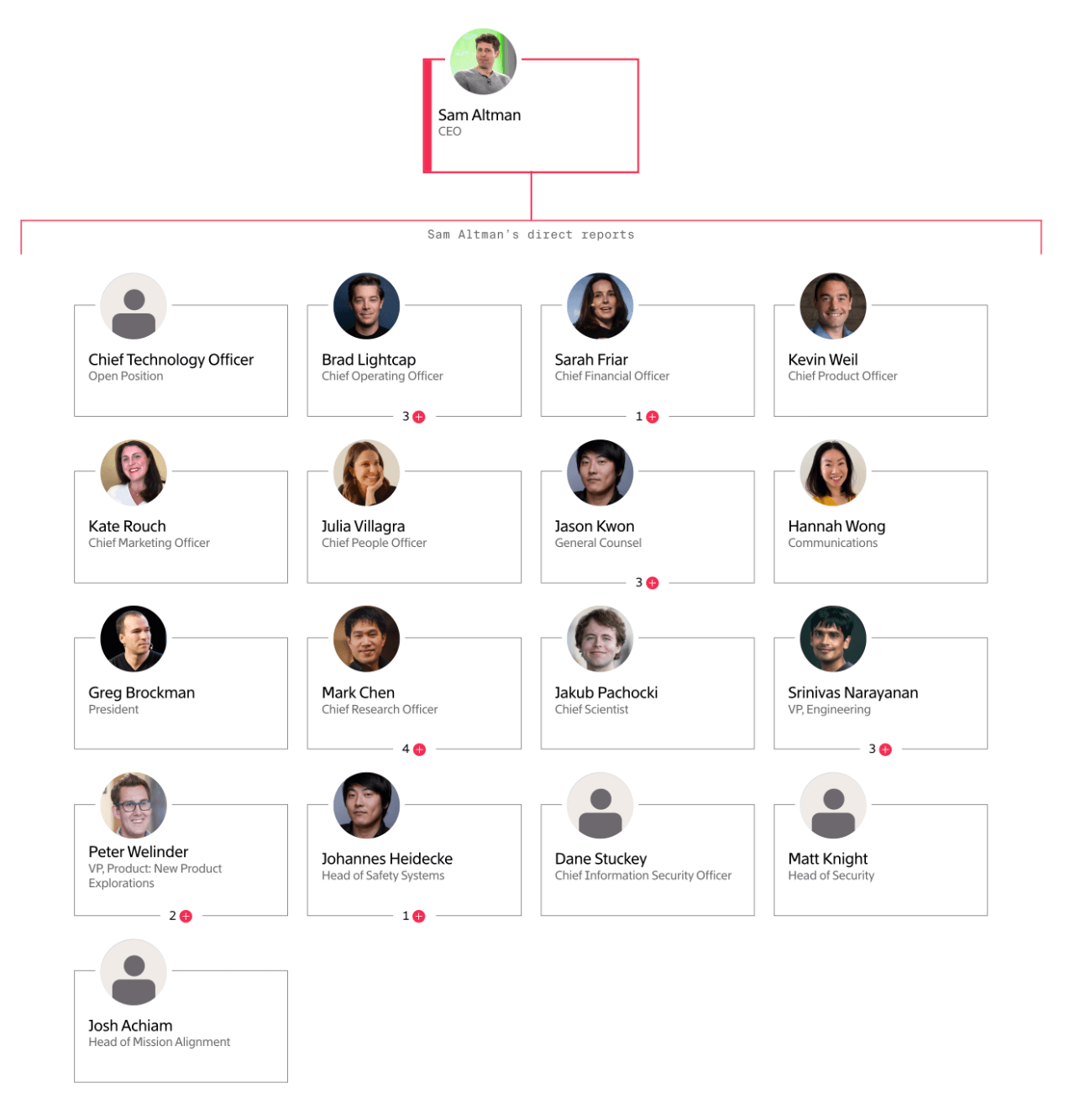
The structure remains unchanged, but the person in control has been replaced.
For Altman, this is even more prudent than turning the company into a purely for – profit enterprise:
• The non – profit shell can shield against regulation and litigation risks.
• Investors can still enter the market and acquire shares. Instead of the “capped – return” model, they now hold shares directly.
• As the non – profit remains the controlling shareholder, it can continuously lead the direction, control the technological roadmap, and hold the right to public communication.
If Elon Musk’s goal was to rein in OpenAI, the outcome turned out to be the opposite.
The PBC (Public Benefit Corporation) structure has become the default setup for AGI startups like Anthropic and xAI. It allows companies to pursue profits legally while also incorporating a mission statement that enables them to continue to wave the banner of “benefiting humanity”.
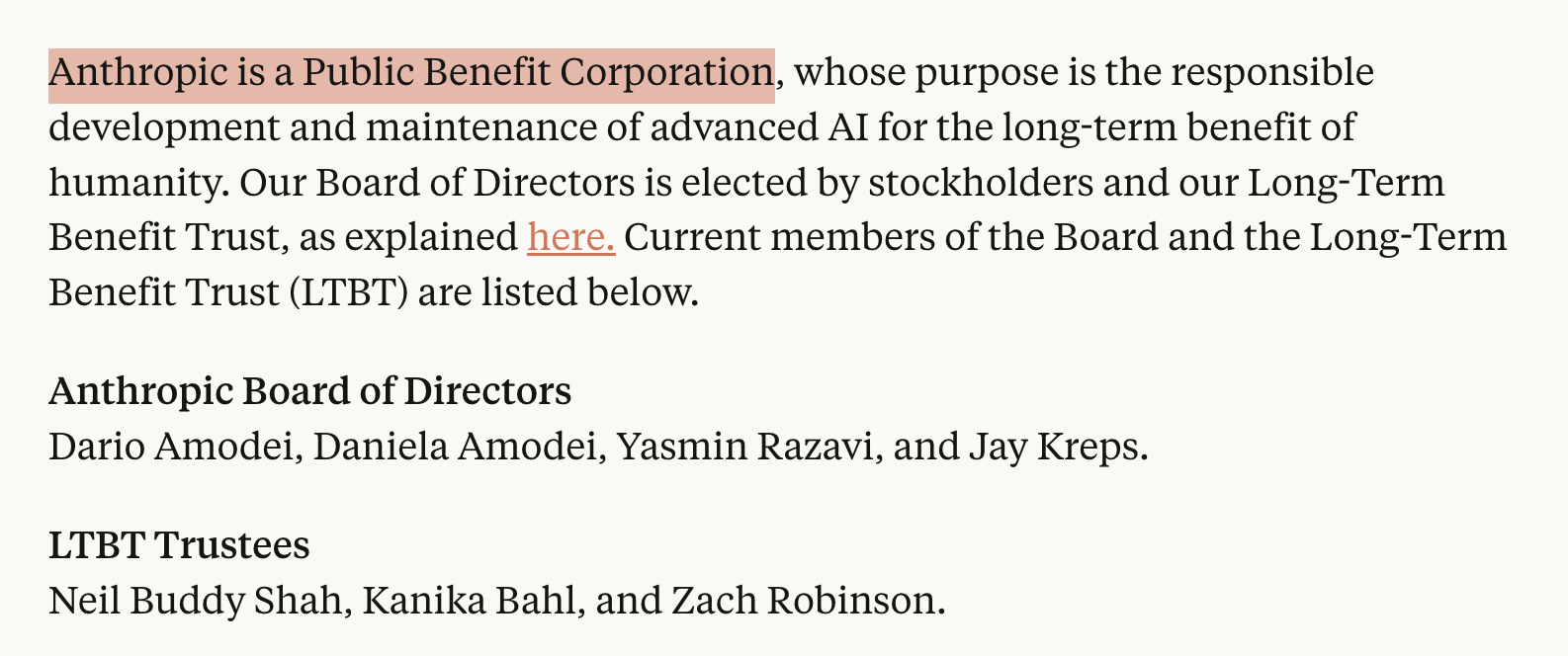
Anthropic is a PBC
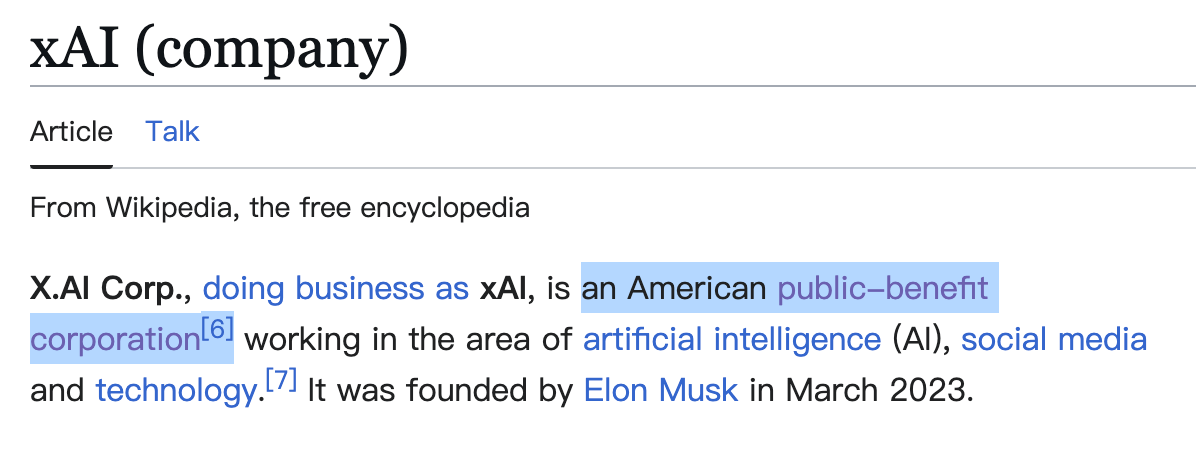
xAI is also a PBC (at least that’s what it says on Wikipedia)
Now OpenAI has also become a Public Benefit Corporation (PBC). It can issue stocks, tell its story, and won’t run out of investment. In another sense, this also paves the way for subsequent financing, stock issuance, and even an initial public offering (IPO).
What’s the next step?
OpenAI will issue regular shares to replace the “profit certificates” (under the original capped – profit agreement) held by early investors, in order to avoid the issue of “dilution of control”.
The investor has no board seat and no voting rights.
This is similar to the dual – class share structure of Google and Meta: You can make money, but you have no say in management.
For Altman, this set of moves can be regarded as “nominal concessions coupled with substantial strengthening.”
For investors, it means “losing control but getting the chance to get on board.”
For regulators, it implies “You may have won in terms of the structure, but you can’t control the people.”
He’s just won like crazy. Altman didn’t directly take back OpenAI. He designed a system so that he’ll never have to take it back again
Related Posts

